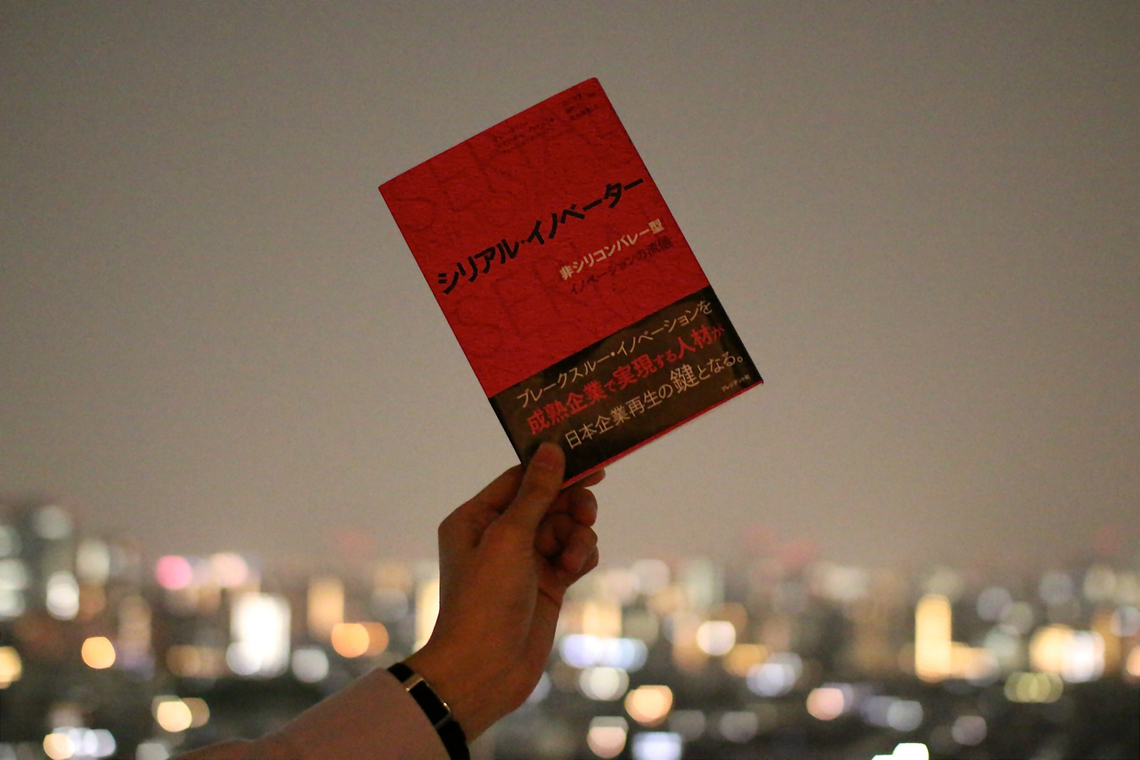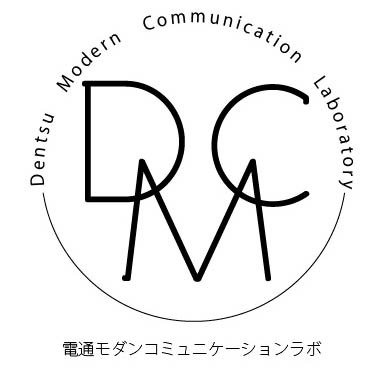Nice to meet you. I'm Takuya Fujita, the fifth book reviewer for DMC Lab.
I'm the youngest member, just entering my third year in the workforce. My role is copywriter, but being part of the digital native generation, I often plan campaigns and apps that leverage social media.
As the only writer in my twenties, I aim to explore future communication from the authentic perspective unique to the younger generation.
A book for thinking about the next wave of communication.
This time, we'll look at "Serial Innovators: The Art of Non-Silicon Valley Innovation" by Abby Griffin and others (President Inc.).

Innovation that changes business rules, transforms lives, and sometimes generates billions in revenue. The people who can do this within large corporations, and do it repeatedly. "Serial innovators" are these wizard-like business professionals.
This book does more than just introduce their characteristics. It unravels the mystery of serial innovators across a wide range of layers—from detailed analysis of their capabilities, to the secrets of discovering and nurturing them, and even approaches to management.
While this book may seem unrelated to advertising or communication, innovation-related topics are actually extremely hot within advertising agencies. Lab members receive not only advertising-related consultations from various clients, but also challenges concerning new business launches and management strategies. This is because what clients need right now, in such situations, is a serial innovator.
How many geniuses are there in a company of 10 people? The answer is one. What about a company of 100 people? The answer is two. Then, a company of 1,000 people? The pattern is clear. Three. And a company of 10,000 people? The answer isn't four, it's zero. In large corporations, geniuses and innovators get pushed out.
As this book highlights, serial innovators are rare in large corporations. While they hold the potential to generate massive profits for companies, their unique work styles and project processes can also cause problems within the organization.
Take Tom Osborne, often cited as the quintessential serial innovator. As a researcher at P&G, he built a sanitary napkin brand generating billions annually. Yet before that success, he was branded a problem employee and nearly fired. It's astonishing to learn that at one point, all company support was cut off, leaving him with only an office and a phone.
What sets them apart from ordinary employees?
This book thoroughly dissects their abilities using a unique framework called the "MP5 Model."
① Personality: They possess a system thinking mindset that seeks to grasp the big picture
② Perspective (Work Ethos): A balance between a business mindset focused on "generating profit above all" and an ethical mindset focused on "making the world better, even if it means sacrificing some profit."
③ Motivation: Driven by both external factors—facing customers or companies with problems to solve—and internal factors—their own desire for creation
④ Preparation (Mindset): A lifelong commitment to being a learner
In addition to the above factors,
⑤ Process
⑥ Political maneuvering within the company (internal politics)
These six abilities, incorporating how one navigates within an organization, characterize the serial innovator.
With such an exceptional array of abilities, one might think they'd naturally produce one or two innovations... but the real masterpiece comes next. They leverage these six capabilities to realize an entirely new innovation process. This process is called "Innovator-Driven. "
Traditionally, innovation has been categorized into two main types. The first is the "technology-driven" approach, originating from a company's R&D department. The second is the "market-driven" approach, initiated by identifying market needs.
Truth is, both have their merits but also significant drawbacks. Technology-driven innovation can sometimes result in creating a "hammer without nails" – technology that fails to be applied to groundbreaking products and thus doesn't generate profits for the company. Market-driven innovation, on the other hand, assumes that if a market need exists, development will inevitably lead to a smash hit! ...only to take 10 or 20 years to develop, and by the time it's ready, the market has changed...
This book focuses on a third path pioneered by serial innovators: "innovator-driven" innovation.
Simply put, it means the same person handles everything: technological development, customer insights, and discovering market needs. They drive the project forward by repeatedly moving back and forth between exploring groundbreaking technologies, gaining a deep understanding of customer needs, and analyzing the vast market landscape.
Reading this book won't transform you into a serial innovator overnight. Far from it. In fact, the more you engage with the sharp insights and rich case studies packed into its nearly 400 pages, the more you realize not everyone can become a serial innovator. It's a bit disheartening.
However, Fumiko Ichikawa and Dai Tamura, who served as supervising translators for the Japanese edition and are leading figures in innovation talent development in Japan, including at the University of Tokyo i.school, include these words at the beginning:
Working as a serial innovator, or alongside one within a company, represents a choice of lifestyle: creating innovation as an employee and making an impact on society. [...] The presence of employees who achieve innovation with unyielding will embodies the very bright future of a company.
Innovation is not the exclusive domain of individuals; it is the culmination of a team's accumulated efforts. Isn't this message the one that resonates most deeply with those working in large corporations?






